Away from the present day, into the past day…Gene Day and Project One!
Project One: 1975
Publisher: William McMichael, Editor: George Breo
This column will be slightly different than preceding installments. Since this fanzine is relatively thin and one long story, I decided to just post the whole thing here, hopefully with anecdotes and additional information. Project One was one of several zines sent to me by the wonderful George Breo (editor of Chronicle as well), and part of a small publishing group by the name of Windy City Enterprises. Other zines, aside from Chronicle (see columns on 1 and 2), include an adaptation of Elric, Amazing Science Fantasy (see the column here), Tales of the Macabre, and Poor Richard’s Adzine. As a whole, the group had a pretty high level of quality and a host of very good contributors, including John Adkins Richardson, John Byrne, and several others. However, George told me on the phone that, though the publishing group tried to blanket the market with as many good publications as possible, it never quite took off.

Most of you will know the work of the late Gene Day. Coming up through the fanzine ranks in the early 70s with Canadian compatriot and Cerebus creator, Dave Sim, he continued to contribute to them even after he turned pro. Day was one hard worker, and in fact, it is believed that those habits (along with some bad health choices) led to his death from a heart attack in 1982. His first big break was working over Mike Zeck (also a fanzine veteran) on Marvel’s Shang-Chi, which he later took over to widespread acclaim. You can see a blog with some images from that book and much more on the Gene Day appreciation page on Facebook here. You can also see a nice cartoon remembrance by friend Ty Templeton about talking to Gene’s artist brother, Dan (or David, also an artist) here. And, for one last interesting take on Gene’s demise, you can read here about Jim Shooter’s reply to rumors pertaining to his being a contributing factor in Gene’s quickly worsening health and subsequent death. That last link also has links to follow ups by Gene’s brother, Dan, as well as Dave Sim. Dave appreciated Gene so much that he created an award in his name. See below, from Wikipedia.
In 2002, Sim and his Cerebus collaborator Gerhard created the Howard E. Day Prize, an annual award given to a comic creator chosen by them from the exhibitors at SPACE (Small Press and Alternative Comics Expo) held in Columbus, Ohio. The Day Prize was awarded at SPACE through 2008. Sim explained,
Gene really showed me that success in a creative field is a matter of hard work and productivity and persistence. I had done a handful of strips and illustrations at that point mostly for various fanzines but I wasn’t very productive. I would do a strip or an illustration and send it off to a potential market and then wait to find out if they were going to use it before doing anything else. Or I’d wait for someone to write to me and ask me to draw something. Gene was producing artwork every day and putting it out in the mail and when it came back he’d send it out to someone else. He would draw work for money and then do work on spec if the paying markets dried up. He kept trying at places where he had been rejected. He did strips, cartoons, caricatures, covers, spot illos, anything that he might get paid for. He gave drawing lessons and produced his own fanzines.
I remember Gene’s work, because from the very beginning, he was most concerned with lighting and dramatic shadowing, something very important to me. Though Day did great jobs on comics such as Shang-Chi, Batman and more, I think his style really lent itself well to horror (some early work in this genre was done for Skywald (Psycho and Nightmare), two years before his work on this fanzine.


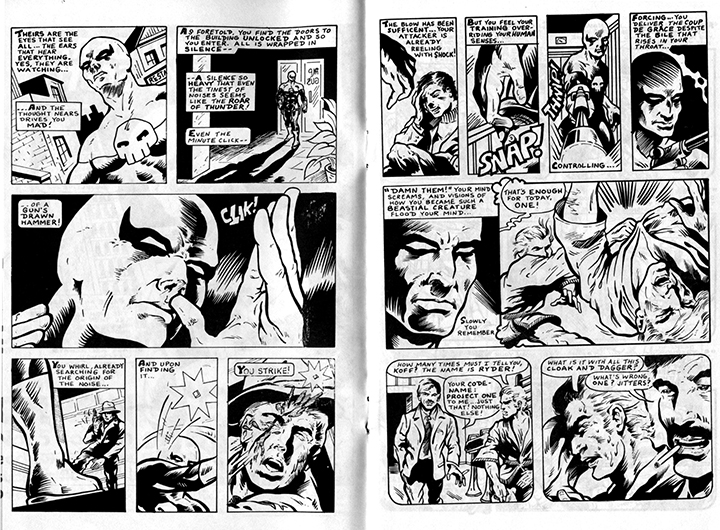
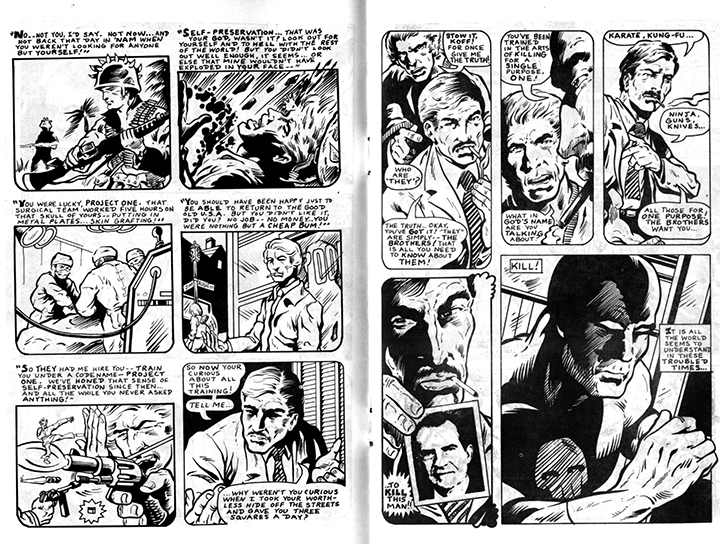
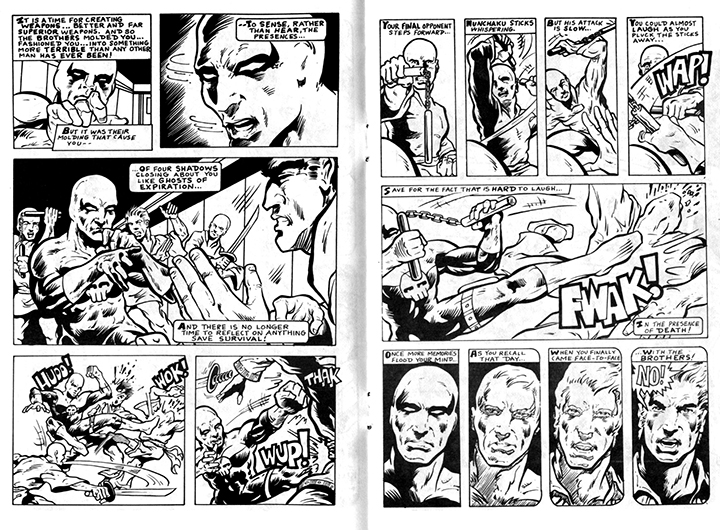
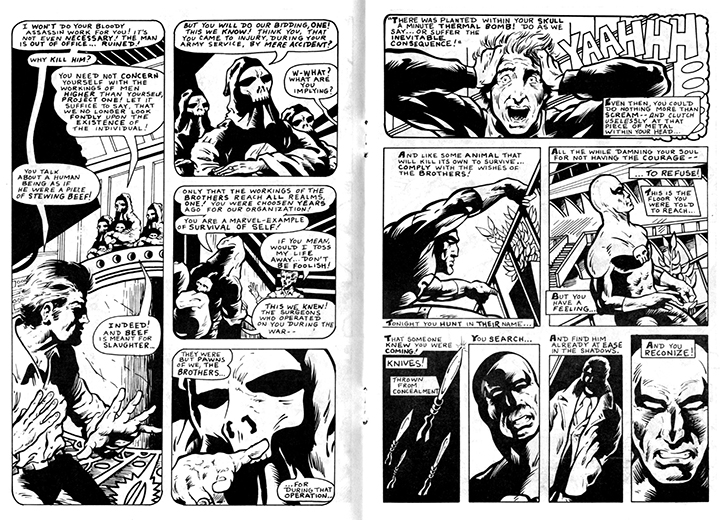



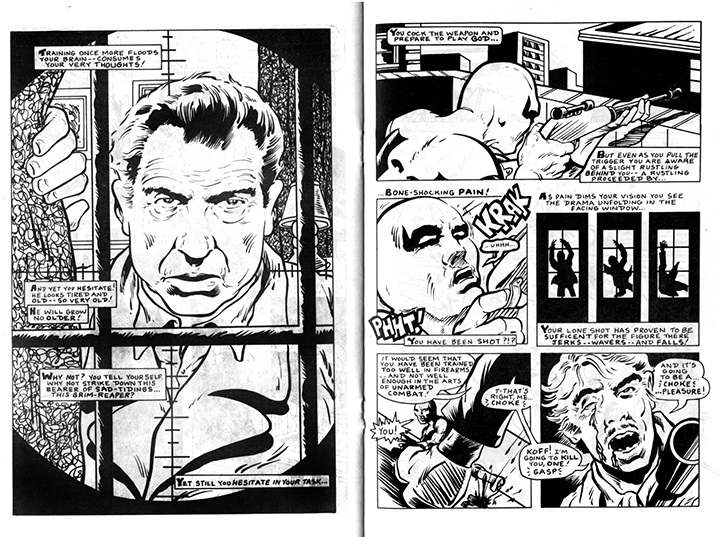
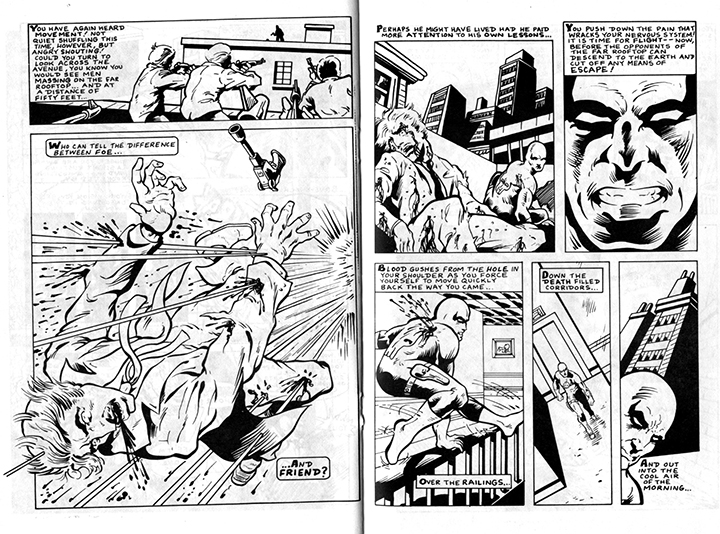
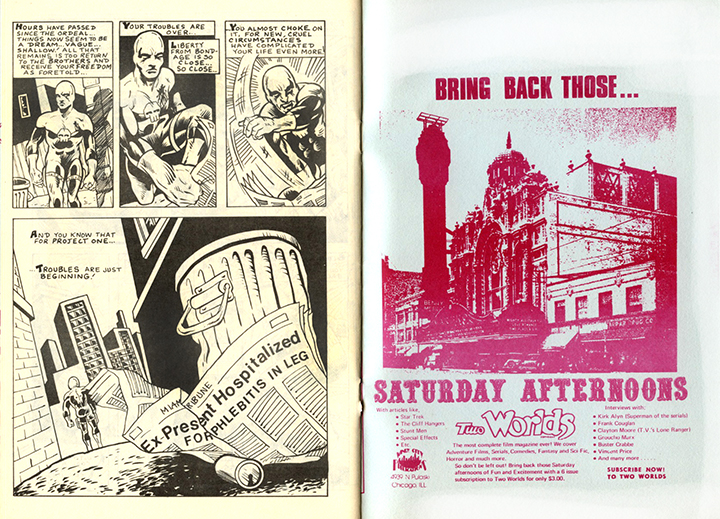
Breo had known Day for several years before the artist brought this completed project to him and Windy City Productions. It never quite built up enough sales or presence to continue, so nothing of this character was produced beyond this particular issue. However, it is always interesting from a historical standpoint to see early work of professionals we came to know so well later in their lives. Gene Day had a pretty good run, it is just too bad it was cut short. Luckily, we have all his pro work, his fanzine work, and publications like Project One to remember him by.
Thanks to George Breo for both providing the copy of the fanzine and filling in a little info to add to the column. Please feel free to contact me if you have any fanzines you want to donate to the column, digital files you want to send, or anecdotes and information you think would help the column.
Ken Meyer Jr.
kenmeyerjr@yahoo.com



Man! I had completely forgotten about this one. Thanks so much for showcasing it!
Thanks, buddy!
I remember his work showing up in prose fanzines like Space and Time and virtually everything out of Canada, such as the weird “ground level” magazine Orb. His work on Master of Kung Fu looks as if it was produced with a hammer and chisel, rather than pen and ink, which is emblematic of how he finally succeeded as a pro artist: he seemed to achieve his goals by sheer force of will.
I remember Orb! Had some cool stuff in it…was that the one with the superhero with the fu manchu mustache?
It’s been a long time since I’ve seen those, but I believe there was a samurai type character called the Electric Warrior maybe? I know the Northern Light was featured and I think a lot of the same characters and artists appeared later in an anthology called Power Comics. Most of this stuff looked like fanzine material being given newsstand distribution. It was a really interesting time for alternative comics.
yeah…and that electric warrior might have been done by Ken Steacy…
Gene Day did the Helios on the Moon installment of Phantacea Four, 1979, and apparently contributed to Vince Marchesano’s pages in Phantacea Five, 1980. Not sure who else worked on those pages but have always been curious to find out, if only to give them credits on the pHant comics’ webpage (http://www.phantacea.com/one2six1.htm#pH4).
thanks for commenting, Jim!